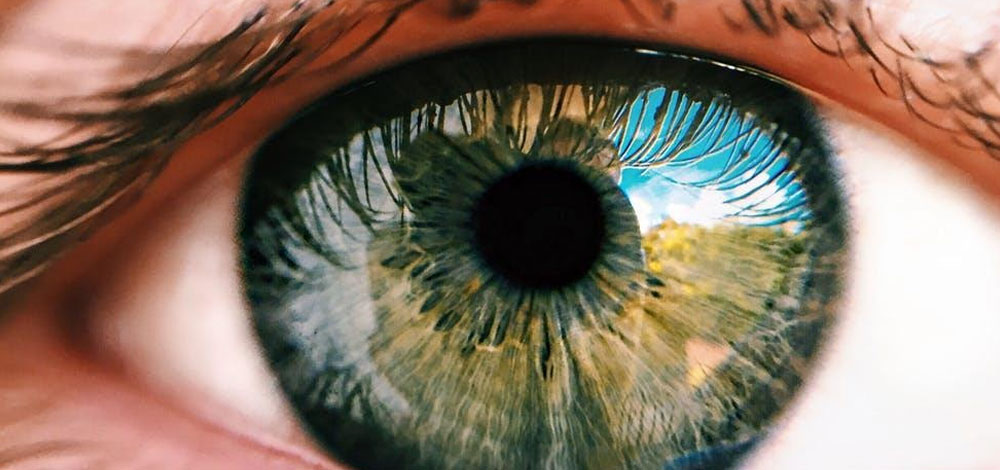
What is keratoplasty?
It is the term given to a Corneal Transplant Dubai . It involves a surgical procedure that replaces a part of the cornea with tissue from a donor. The cornea is the clear dome-shaped section of the eye. Light enters this area before being directed towards the retina. Here, it will be converted into signals sent to the brain to be changed into an image.
Suppose there is a problem with the cornea. In that case, the light will not be correctly focused on the retina, which will result in blurry or distorted vision. Keratoplasty will replace the damaged portion of the cornea with healthy tissue, thereby reducing pain, restoring sight, and improving the appearance of the eye.
This procedure is mostly successful; however, there is a small risk of potential complications, including the body’s rejection of the donor cornea. If this happens, medical treatment will be necessary. In severe cases, another transplant will be needed.
Whom can it be used for?
The transplant is recommended if a person has one or more of the following, and other forms of cornea treatments have failed to work.
- Corneal ulcers caused by an infection
- Corneal scarring
- Keratoconus
- Thinning, swelling, or clouding of the cornea
- Eye diseases that are inherited, such as Fuchs’ dystrophy
- Complications resulting from a previous eye surgery
What are the different methods of corneal transplant?
There are three main methods of keratoplasty. Which one will be used depends on the surgeon. All of them aim to replace corneal tissue, either wholly or partially, with healthy tissue from a suitable donor.
Penetrating keratoplasty
It replaces the entire thickness of the cornea. The surgeon would cut through the part and remove a circular, button-sized tissue with a special instrument. Then an identical amount of tissue is removed from the donor cornea and is placed in the opening of the patient’s one. The surgeon will then use temporary sutures to keep it in place.
Endothelial keratoplasty
It removes the weakened tissue from the corneal layers located towards the back. The donor tissue will then replace the removed ones.
Anterior lamellar keratoplasty
It removes the diseased tissue located in the corneal layers at the front but leaves the back. Depending on the extent of cornea damage, the procedure could target only the front layers or go farther into the stroma. Regardless of which one is used, the healthy donor tissue will be grafted to replace the removed one.
Most of the people who receive keratoplasty treatment will regain their vision to at least some extent. As the donor tissue will not be a perfect substitute for one’s own 20-20 vision will be challenging to achieve; however, there will still be a vast improvement. Depending on the reason why the surgery was recommended, one can expect specific results. There is still a small risk of complications, and cornea rejection is possible; therefore, a person will need to visit an eye consultant clinic for regular check-ups.

Quirónsalud
Eye Care Dubai
Villa 1187, 304 Wasl Road,Umm Al Sheif District, Dubai, UAE
Phone. +971 4 342 2228
Mobile. +971 50 744 7757
Email. info@quironsalud.ae
Office Hours
9:00 AM to 10:00 PM
Saturday to Thursday